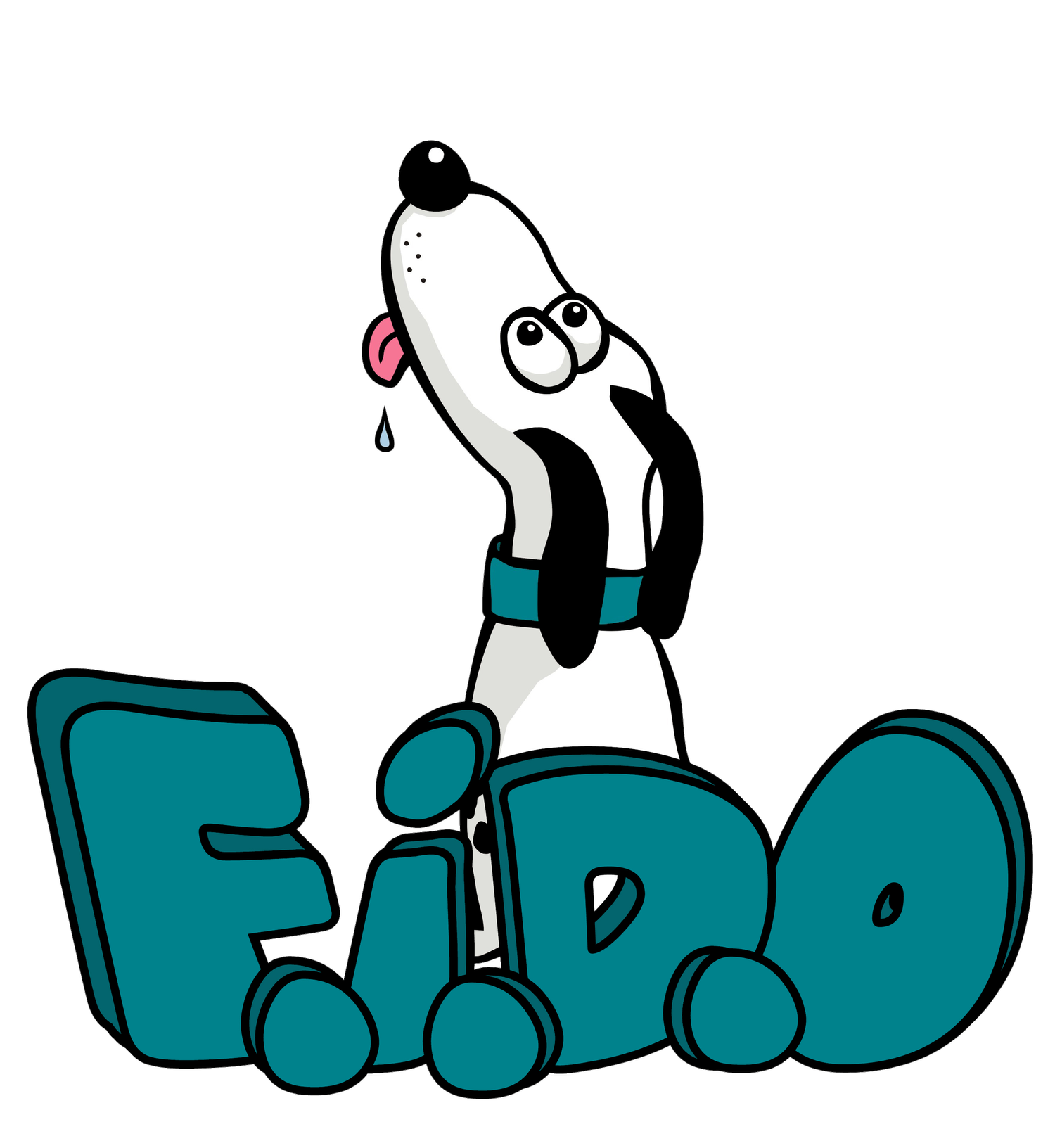12 Myths about Dog Training
You can't teach an old dog new tricks. Dogs of any age can be taught new skills, and many of them love the opportunity to learn.
Positive training doesn't work with some dogs/ breeds. Positive training will work with any breed of dog if carried out sensitively and with good timing. Some dogs appear to be more stubborn than others but they can all learn once we work out what motivates them.
Treats are bribery! Treats are really useful in early training, to create good habits. When your dog has learned a skill well, life rewards like play and praise can be just as effective. Over time, the difference between a treat being a reward and a treat being a bribe is a matter of good timing. If the treat appears after the dog has completed the requested action, then it’s a reward. Showing your dog the treat to persuade it to perform, is a bribe!
Using punishment works. Actually, yes. Sometimes punishment can work in the short term, but at what cost? It invariably damages the relationship between dog and owner, it teaches dogs to be afraid of doing some things and being near to their owners, it can cause them to ‘shut down’ mentally, and sometimes they react aggressively to protect themselves. Kind training methods work better, the lessons are learned more permanently and the relationships they develop between dog and guardian are powerful, positive and life-long.
Positive trainers don't believe in discipline or setting rules. Being kind, patient and sensitive to the needs of our pets does not mean that positive trainers have lost sight of discipline and rules. Dogs need to understand the rules and boundaries of the lives we create for them and the better they understand them, the happier and more secure they feel.
Positive training stops working if you don't use treats. There are many more rewards you can offer your dog other than food. Teach them a specific word that means you are pleased with them, like ‘Yes!’ or ‘Good!’, offer your dog a favourite toy, a cuddle or a quick game, and always praise them when they do what you want. Phase out treat rewards over time in favour of lifetime rewards and your dog will happily obey you without a biscuit in sight.
Disobedient/aggressive dogs are being dominant. The concept of dominance is outmoded and not really relevant to domesticated dogs. Your dog may disobey you for many reasons and may even try to make you do what they want on occasion, but this isn’t a desire to completely dominate. Communication and understanding are the keys to avoiding conflict. Make sure your dog understands what you want from them and isn’t feeling confused or intimidated. The vast majority of aggression in dogs stems from fear, insecurity and confusion so keep this in mind when bringing up your dog.
Small dogs don't need training. Well, this one is just silly! Some people feel that small dogs need less training, perhaps because they can be picked up and taken away from trouble. But that’s not possible if the dog is 100 metres away barking and chasing a sheep! Every dog benefits from training, however small or large. Training helps dogs to understand the world we live in, gives them security, focus and helps them to bond with us.
If your dog pulls on the lead you are using the wrong equipment. If your dog pulls on the lead you are using the wrong training method. If you pull on your dog’s lead, they will pull back, regardless of equipment. Some collars and harnesses are designed to cause pain if a dog pulls but many will pull regardless, so make sure you use the right technique and the rest will follow.
Puppies outgrow unacceptable behaviour. Sadly, this is not the case. For example, if your puppy becomes an expert at pulling, jumping and nipping and you don’t train them acceptable alternatives, they will grow up to be snappy, boisterous and difficult to control. The sooner you redirect these habits to something calmer and more acceptable, the sooner your puppy will learn good manners and how to relax.
Playing tuggie makes dogs aggressive. This is a controversial one. I see no reason why you shouldn’t play a game of tuggie occasionally with your dog, as long as it is under your control. I have never seen this practice increase the possibilities of aggressive behaviour in other contexts, but if taught safely, it’s a fun way of satisfying the instincts of chasing and hunting dogs like terriers and bull breeds. If you want to encourage your soft-mouthed retriever to give up items, it’s not the best game for them, but many dogs love it. Always move the toy from side to side rather than up and down, to avoid injury. Stop the game frequently and ask your dog to release the toy. Swap it for a treat or some other toy if necessary. Hold the toy out of reach until your dog calmly waits and then you can reward them by starting again. Start and end games when you decide to, not when your dog does.
Cues must be repeated to sink in. The more you repeat any word, the more it can become just background noise to your dog. Not only that, but if you always say ‘Sit, Sit, Sit’ when you want your dog to put their bottom on the floor, that is what you will always have to say. In training, say the cue word when your dog has already been demonstrating the behaviour you want (because you have shown them or they have volunteered the action) and say it at the exact moment they do it, to help them to understand. Try to repeat cues as rarely as possible, only restating them if the dog is definitely not listening. Instead, reinforce the cue with lots of encouragement.

